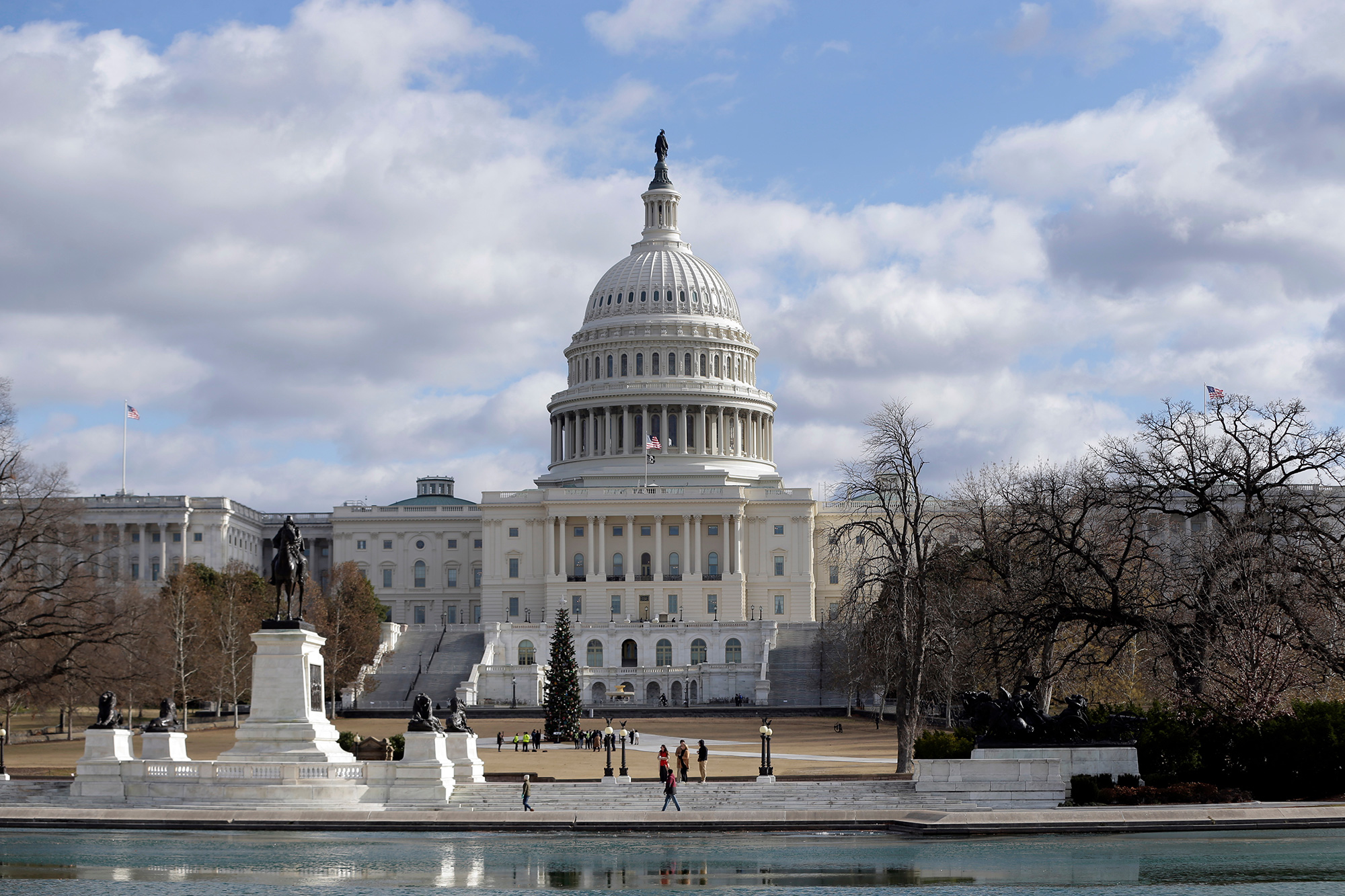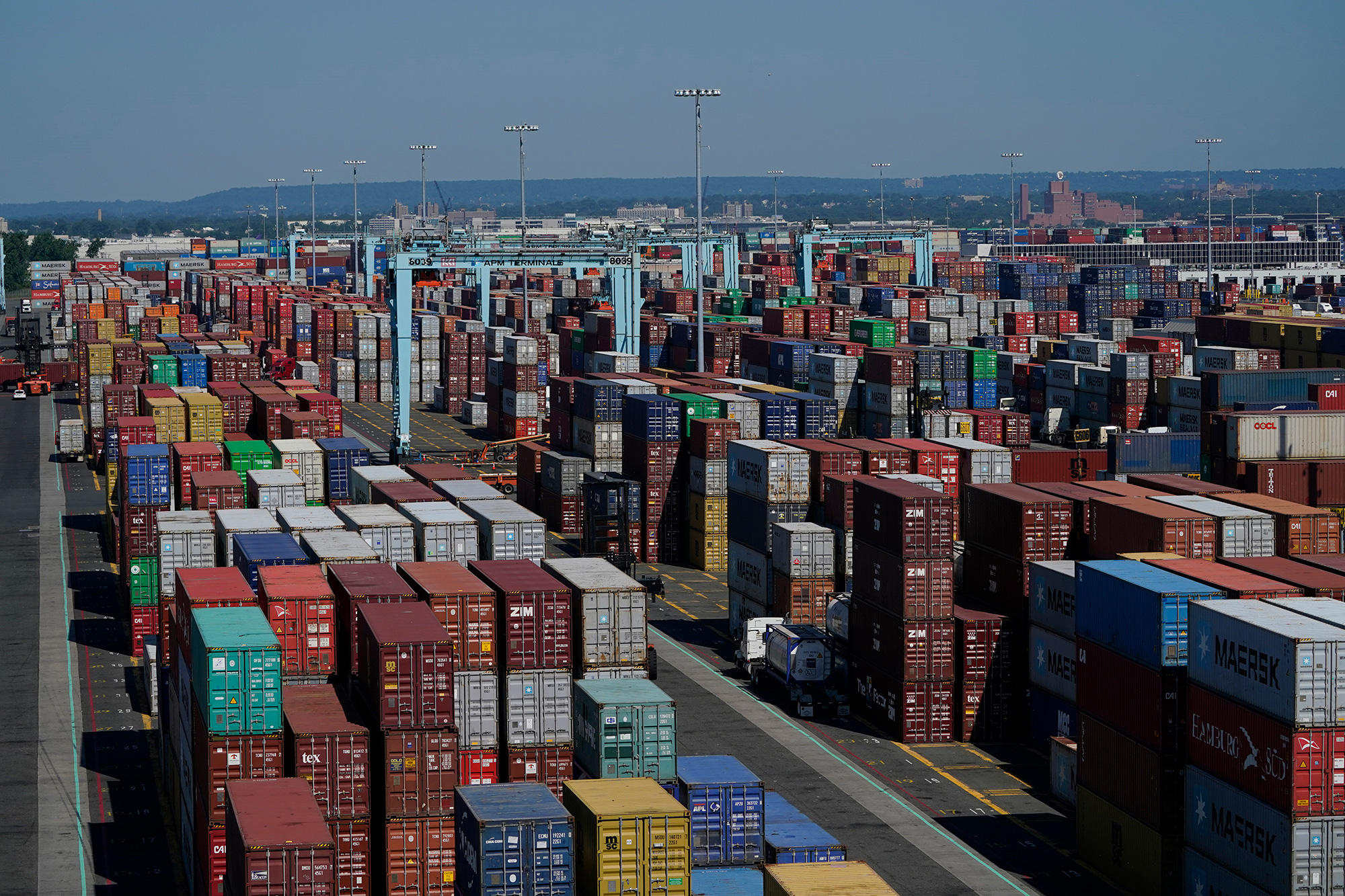President Trump is calling April 2 “Liberation Day” as his most wide-ranging tariffs take effect. Supporters see this as a long-overdue effort to rebuild American industry and combat unfair foreign trade practices. Critics argue it will lead to higher prices, slower growth, and rising tensions.
Here is the case for – and against – significantly increasing tariffs.
The Case For Tariffs
Supporters argue tariffs are necessary to:
- Rebuild America’s manufacturing industry after decades of offshoring and industrial decline,
- Reduce dependence on foreign supply chains, especially in strategic sectors like autos and tech.
- Hold countries with unfair trade policies – like China – accountable.
Three key points they cite:
American manufacturing needs revitalizing.
- Since the second quarter of 1976, the United States has had a trade deficit – buying more goods than we sell to other countries – in every quarter except one.
- According to the White House, the U.S. ran a $93.5 billion trade deficit in auto parts last year.
- Manufacturing employment reached an all-time peak of 19.6 million in 1979 and has trended downward ever since.
- A White House fact sheet notes that employment in auto parts manufacturing is down 34% since 2000 – a loss of 286,000 jobs.
Tariffs are already spurring investment in the U.S.
- Hyundai is building a $5.8 billion steel plant in Louisiana to supply U.S. auto factories.
- Honda is moving Civic hybrid production from Mexico to Indiana to avoid tariffs.
- Apple is planning to produce AI servers in the U.S. and hire 20,000 workers, reportedly to qualify for tariff relief.
Higher prices from tariffs help us in the long run.
- As economist Oren Cass notes, higher prices consumers pay from tariffs go to the U.S. Treasury, not foreign governments.
- That revenue can help reduce borrowing, fund infrastructure, or offset other taxes.
- And when consumers shift to U.S.-made goods, that spending stays in the American economy, supporting local jobs and tax bases.
The Case Against Tariffs
Critics argue that tariffs:
- Act as a tax on American consumers, raising prices across the board, and;
- Fail to bring back most of the jobs lost in manufacturing, which were largely eliminated by automation – not offshoring.
Three key points they cite:
Tariffs raise costs for American families.
- Economists at JP Morgan estimate tariffs from President Trump will reduce U.S. GDP growth by 0.5 percentage points.
- That translates to about $1,000 per household per year.
- The 25% tariff on autos could raise car prices by an average of $6,000.
Tariffs provoke costly retaliation.
- In 2018, China imposed tariffs on $22.5 billion worth of U.S. agricultural exports in response to US tariffs.
- The EU, Canada, Mexico, India, and Turkey also imposed duties on billions in U.S. exports – from wheat to whiskey to motorcycles.
- These actions hurt American farmers and exporters and disrupt global supply chains.
- China, Japan, and South Korea – three of the 12 largest economies in the world – have announced that they will coordinate a response to the latest round of tariffs.
Tariffs do not bring back lost jobs.
- Of the 5.6 million factory jobs lost between 2000 and 2010, 4.5 million were eliminated by automation and productivity gains, not offshoring.
- From 1979 to 2018, U.S. manufacturing output more than doubled, even as employment fell by a third, according to a study by JP Morgan.
Which side do you come down on?
Related
Sam Zickar
Sam Zickar is Senior Writer at No Labels. He earned a degree in Modern History and International Relations from the University of St Andrews and previously worked in various writing and communications roles in Congress. He lives in the Washington, D.C. area and enjoys exercise and spending time in nature.




